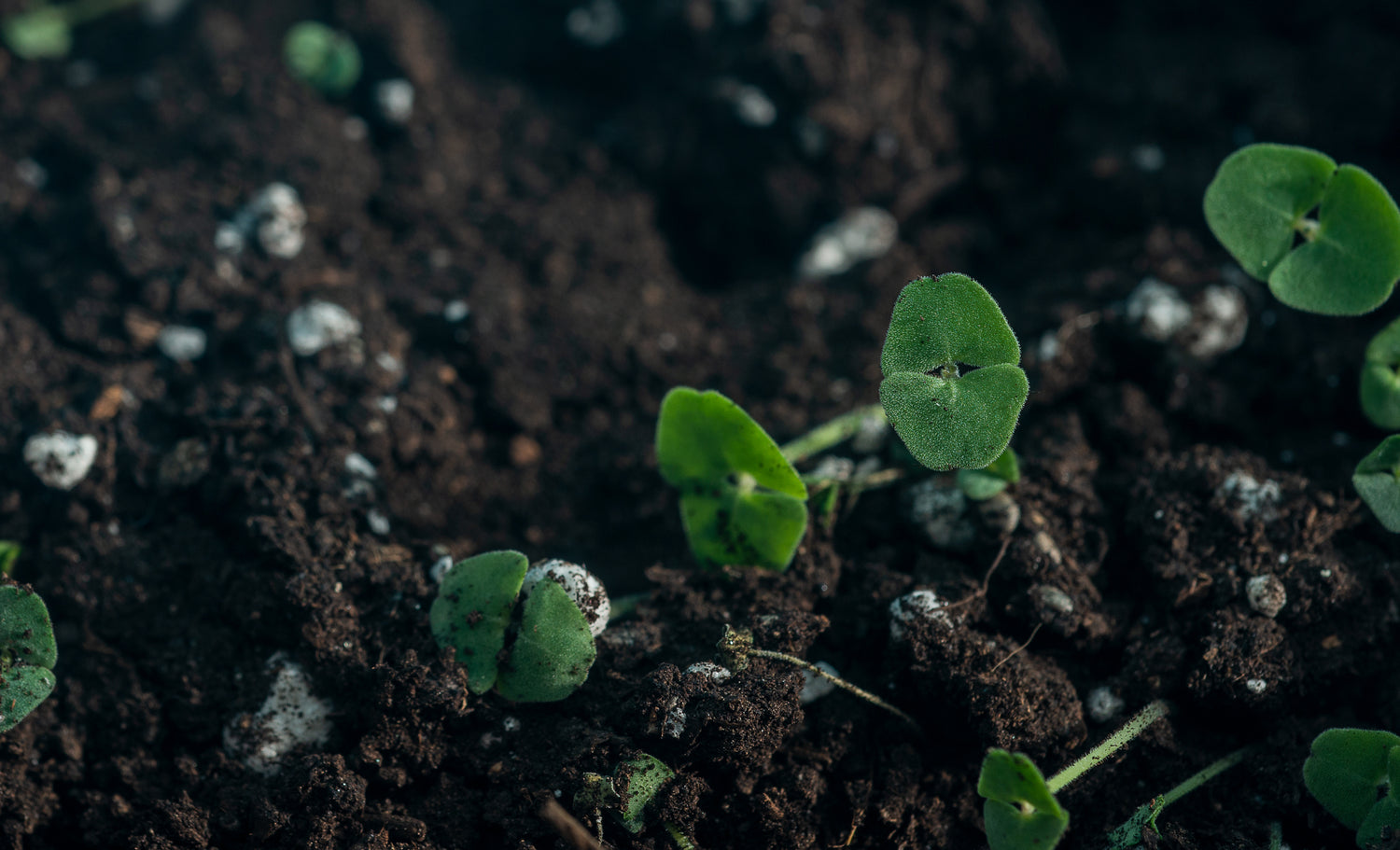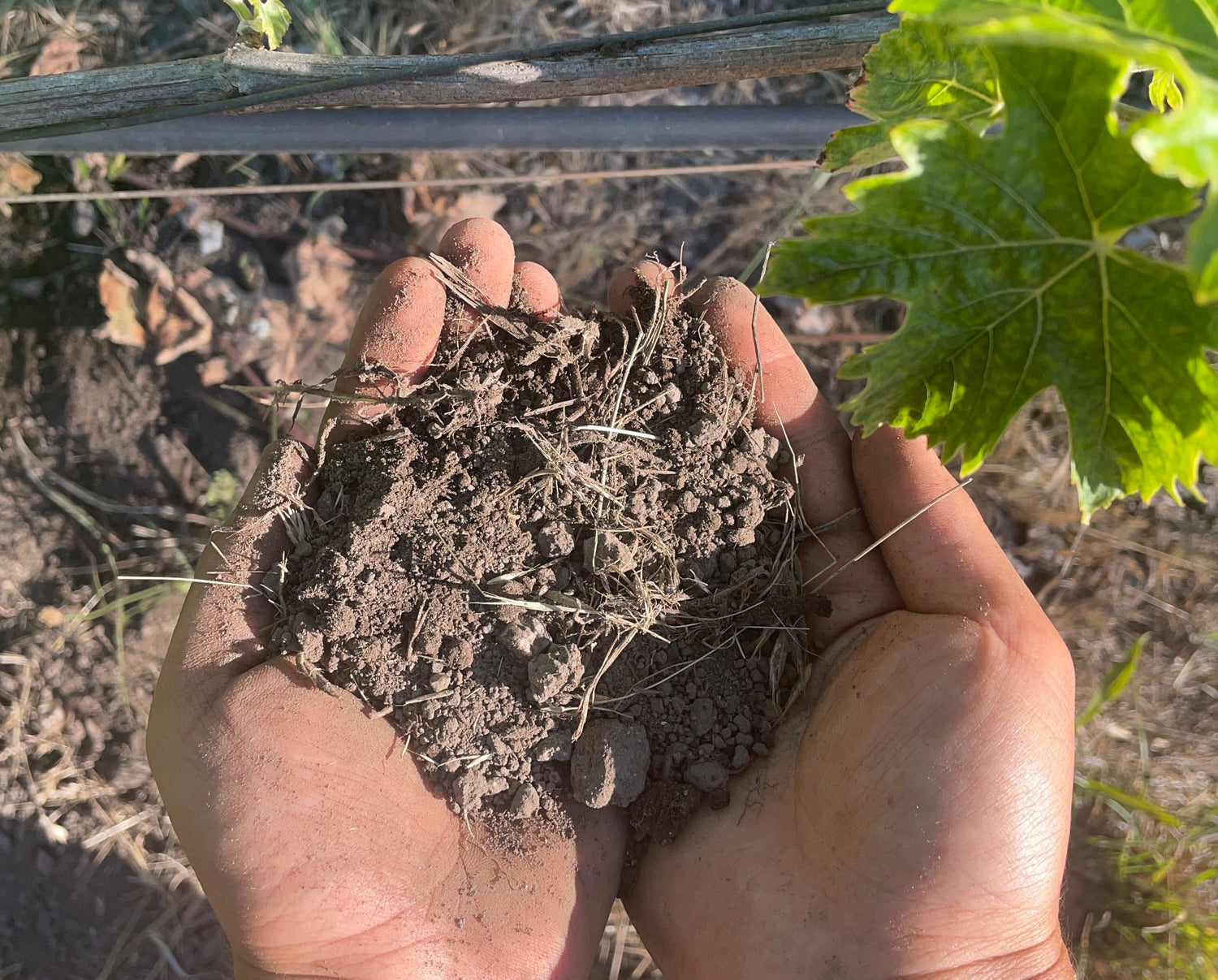California's diverse soil environments, from agricultural valleys to urban landscapes, can harbor heavy metal contamination from industrial activities, vehicle emissions, and legacy pesticide use. Professional heavy metal soil testing protects your crops, garden, and family from toxic exposure to lead, arsenic, and other dangerous elements.
Heavy Metal Soil Testing Services California - Lead, Arsenic & Contamination Analysis
Heavy metal soil testing identifies toxic elements like lead, arsenic, and cadmium that can accumulate in soil and pose serious health risks to humans, crops, and the environment.
Understanding Heavy Metal Contamination in California Soils
Heavy metals occur naturally in soil but can reach dangerous concentrations through human activities. According to the EPA, lead contamination affects millions of properties nationwide, with California's urban and industrial areas particularly at risk. The USDA Natural Resources Conservation Service identifies heavy metal contamination as a significant threat to agricultural productivity and food safety.
Common sources of heavy metal contamination include legacy industrial activities, vehicle emissions, mining operations, and historical use of lead-based paints and pesticides. Urban soils near highways often contain elevated lead levels from decades of leaded gasoline use, while agricultural areas may harbor arsenic from historical pesticide applications.
Essential Heavy Metals We Test For
Our comprehensive heavy metal analysis targets the most significant contaminants affecting California soils:
- Lead: Highly toxic to humans and plants, commonly found in urban soils from paint and gasoline contamination
- Arsenic: Carcinogenic element often present from historical pesticide use and mining activities
- Cadmium: Accumulates in food crops and poses kidney and bone health risks
- Chromium: Toxic in hexavalent form, associated with industrial contamination
- Copper: Essential micronutrient that becomes toxic at elevated levels
- Nickel: Necessary in trace amounts but harmful when concentrated
- Zinc: Vital for plant growth but can cause toxicity in excess
- Cobalt: Supports beneficial soil bacteria but problematic at high concentrations
- Molybdenum: Required for nitrogen fixation but toxic when overabundant
Health and Environmental Risks
Heavy metal contamination poses serious risks according to EPA and CDC guidelines. Lead exposure can cause neurological damage, particularly in children, while arsenic is classified as a known human carcinogen. Cadmium accumulation in food crops can lead to kidney damage and bone disease over time.
For agricultural operations, heavy metals can reduce crop yields, contaminate food products, and violate organic certification standards. The USDA Organic Program requires monitoring of heavy metals to ensure compliance with safety thresholds.
Professional Testing Process
Our laboratory uses EPA-approved methods including inductively coupled plasma mass spectrometry (ICP-MS) for accurate heavy metal detection. This analytical technique provides precise measurements at parts-per-million levels, ensuring reliable results for agricultural and environmental applications.
Sample preparation follows strict protocols to prevent contamination and ensure representative results. Our certified laboratory maintains quality control standards required for regulatory compliance and organic certification programs.
Comprehensive Testing Benefits
- Rapid Results: Receive detailed reports within 3-7 business days
- Expert Analysis: Comprehensive reports with safety threshold comparisons
- Professional Consultation: 15-minute consultation with soil scientist
- Competitive Pricing: Starting at $106 for standard heavy metal panel
- California Expertise: Local knowledge of regional contamination patterns
Sample Collection Guidelines
Proper Sampling Technique
Accurate results depend on proper sample collection following EPA and NRCS guidelines. Use clean, stainless steel tools to avoid introducing contaminants, and collect samples from multiple locations to ensure representative coverage.
- Use clean plastic containers and stainless steel tools
- Collect from 3-5 locations at 6-inch depth
- Mix samples thoroughly, removing organic debris
- Avoid sampling near roads, buildings, or known contamination sources
Sample Submission
- Package 3 cups of mixed soil in clean plastic bag
- Label with sample identification and test requirements
- Submit to certified laboratory for analysis
Interpreting Test Results
Heavy metal test results are compared to EPA residential soil screening levels and agricultural guidelines. Lead concentrations above 400 parts per million trigger EPA concern for residential use, while arsenic levels exceeding 0.39 mg/kg may require remediation in agricultural settings.
Our reports include graphical presentations, safety threshold comparisons, and specific recommendations for remediation when needed. Professional consultation helps interpret results and develop appropriate management strategies.
Remediation Options
When heavy metal contamination is detected, several remediation strategies can reduce risks. The EPA recommends phytoremediation using plants that absorb heavy metals, soil washing to remove contaminated particles, and amendment addition to stabilize metals in place.
For organic operations, approved amendments like compost and biochar can help sequester heavy metals while improving soil health. Lime applications can raise pH and reduce metal availability to plants in many cases.
Frequently Asked Questions
What are heavy metals in soil?
Heavy metals are naturally occurring elements like lead, arsenic, and cadmium that can accumulate in soil, posing risks to human health, crops, and the environment when present in high concentrations.
Why should I test my soil for heavy metals?
Testing identifies toxic metals that could affect crop safety, human health, or environmental compliance, especially in urban, industrial, or agricultural areas.
How often should I test my soil for heavy metals?
Test every 1-3 years, or when starting a new garden, farm, or construction project, particularly in areas with potential contamination near old industrial sites or highways.
Can heavy metals be removed from soil?
Yes, remediation methods like phytoremediation, soil washing, or adding amendments can reduce heavy metal levels. Professional consultation provides tailored recommendations based on your results.
Is heavy metal testing required for organic farming?
While not always required, testing ensures soil meets organic standards by identifying contaminants that could affect certification or crop safety according to USDA guidelines.
How do I know if my soil is contaminated?
Professional reports compare metal levels to EPA and agricultural safety thresholds, clearly indicating whether soil requires remediation or is safe for intended use.
What's included in standard heavy metal testing?
Standard panels typically include lead, arsenic, cadmium, chromium, copper, nickel, zinc, and other priority metals, with custom testing available for specific elements.
Can I test urban garden soil?
Yes, urban soils often contain elevated heavy metals from vehicle emissions and industrial activities. Testing is especially important for food production in urban areas.
How should I collect soil samples?
Use clean tools to collect from multiple locations at root depth, mix thoroughly, and avoid contaminated areas. Detailed instructions are provided with testing orders.
What do test results include?
Reports include metal concentrations, safety threshold comparisons, graphical presentations, and specific recommendations, plus professional consultation to explain findings.
Professional Consultation Services
Our soil scientists provide expert interpretation of heavy metal test results, helping you understand contamination risks and develop appropriate management strategies. Consultation includes site-specific recommendations for remediation, crop selection, and long-term soil health management.
For agricultural operations, we provide guidance on organic certification compliance, crop safety protocols, and sustainable remediation approaches that protect both soil health and productivity.
Sources
- United States Environmental Protection Agency. Soil Screening Guidance for Residential Sites. https://www.epa.gov/superfund/superfund-soil-screening-guidance
- USDA Natural Resources Conservation Service. Soil Health and Heavy Metal Contamination. https://www.nrcs.usda.gov/resources/guides-and-instructions/soil-health
- Centers for Disease Control and Prevention. Lead in Soil. https://www.cdc.gov/lead/prevention/sources/soil.html
- United States Department of Agriculture. Organic Certification Standards. https://www.ams.usda.gov/about-ams/programs-offices/national-organic-program
- California Department of Food and Agriculture. Soil Health Initiative. https://www.cdfa.ca.gov/oefi/healthysoils/
- EPA Office of Research and Development. Phytoremediation of Heavy Metals. https://www.epa.gov/remedytech/phytoremediation
- United States Geological Survey. Heavy Metals in Agricultural Soils. https://www.usgs.gov/centers/gecsc/science/heavy-metals-agricultural-soils
- Rodale Institute. Soil Health and Heavy Metal Management. https://rodaleinstitute.org/science/soil-health/












